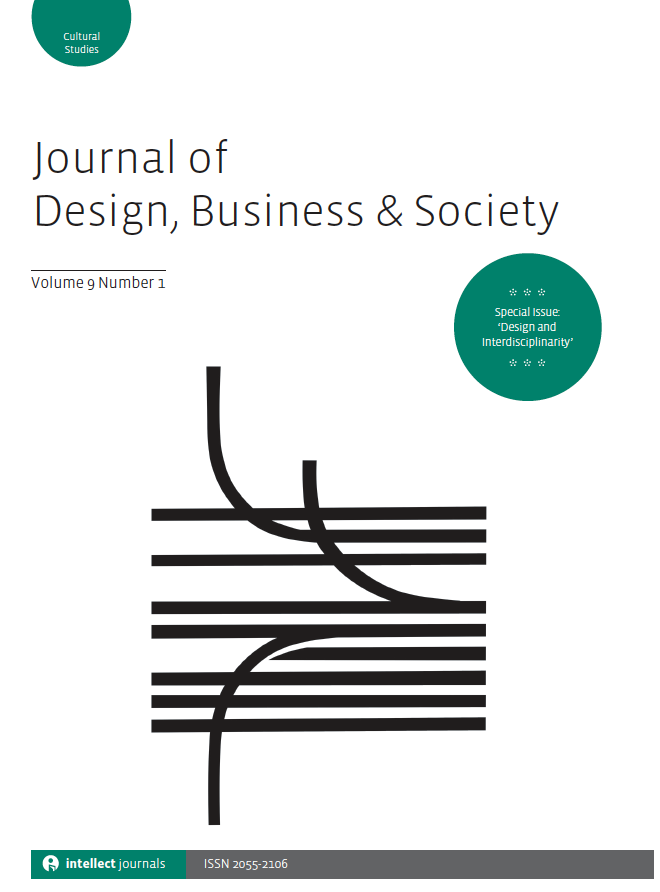
Full text loading...
 , Blair Kuys2
, Blair Kuys2
Engineering students need creative thinking skills to achieve innovation. This study focuses on ameliorating the creative process in engineering design units with the purpose of getting more creative and innovative engineering design solutions from students and better preparing them for industry and real-life conditions. It is suggested that engineering should use design pedagogy as a model for ameliorating creativity. The research is carried out using qualitative investigation. The study used triangulation to collect data about engineering educators’ approach, understanding and beliefs about creativity using observational research, a survey and in-depth interviews both with students and with educators. The study used an interpretive approach for data analysis by following the levels of understanding in an organizational culture. Three main results drawn from this work are as follows: (1) Engineering educators should understand the practice of creativity in an educational context. (2) Engineering educators need to value creativity as an important part of engineering design. (3) The discipline needs to value creativity as a core part of the curriculum.
The findings suggests that enriching creativity in engineering education is not feasible until engineering instructors comprehend and embrace the use of creativity in the classroom. This article specifically explores ways of integrating creativity in engineering design processes that took place in a mechanical engineering undergraduate programme – with an expectation that the research can be used as an exemplar for other engineering disciplines to learn from. This study is an important step, with a holistic approach, in suggesting creativity and creative thinking be inherent and an integral part of every engineering curriculum.

Article metrics loading...

Full text loading...
References


Publication Date:
https://doi.org/10.1386/dbs_00040_1 Published content will be available immediately after check-out or when it is released in case of a pre-order. Please make sure to be logged in to see all available purchase options.